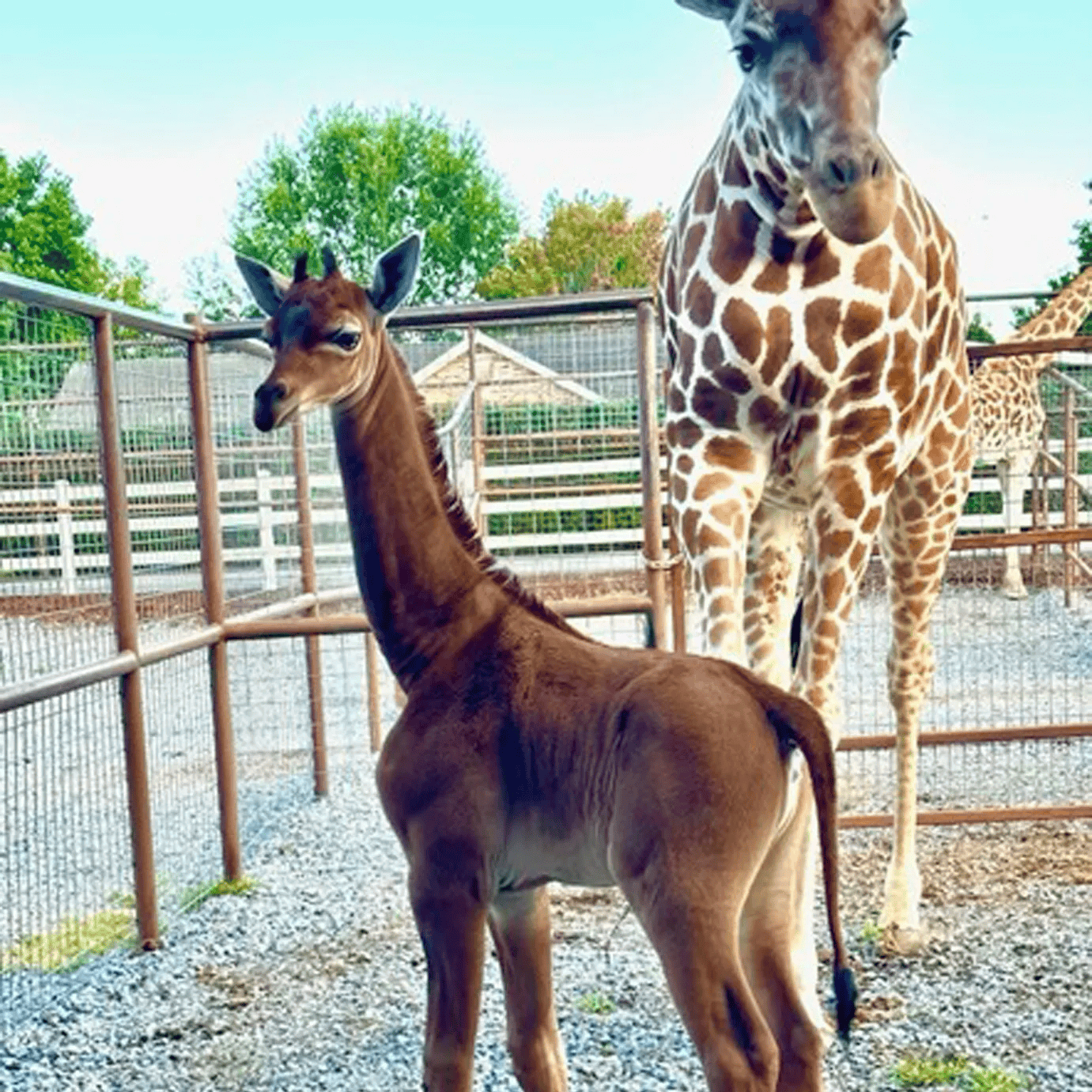Darwin insisted that new variations, the raw materials for natural selection, originated without purpose or direction, but he did not know their source. In his book On the Origin of Species, he started chapter 5 with this: “I HAVE hitherto sometimes spoken as if the variations…were due to chance. This, of course, is a wholly incorrect expression, but it serves to acknowledge plainly our ignorance of the cause of each particular variation.” (6th Edition, Page 106)
At the time, genetics as we know it today had not yet been discovered. Darwin proposed that environmental factors and the use or disuse of traits might play a role, but he lacked the knowledge of DNA and genetic mutations that modern science provides.
Quick question – why would an animal undergo multiple changes to evolve a trait it doesn’t need and then undergo the same process in reverse to lose that trait, or how can it use a trait that it doesn’t “yet” have in order to gain it? This concept doesn’t have much logic, but he needed a mechanism to support his hypothesis…
What is a mutation?
A mutation is an accidental genetic mistake that changes the sequence of an organism’s DNA. According to National Geographic, acquired mutations are not passed down if they occur in the somatic cells, meaning body cells other than sperm cells and egg cells. Some acquired mutations occur spontaneously and randomly in genes. Other mutations are caused by environmental factors, such as exposure to certain chemicals or radiation. [1]
The Central Dogma
Some modern biologists think that the sequence of amino acids specifies the final form of a protein, and that proteins specify the final form of an organism. This line of reasoning is sometimes called the central dogma of molecular biology, and it can be roughly summarised as “DNA makes RNA makes protein makes us.”
But can DNA mutations really be the source of the variations needed for macroevolution? (To understand the different types of evolution, you can read our article: What is evolution?)
What they can do is cause changes in an organism, and biologists have long recognised that most DNA mutations are either neutral in that they produce no observable changes (where natural selection would ignore them) or harmful (where natural selection will eliminate them). To lead to the sort of evolution that could produce plants and animals from lower forms of life, we need mutations that cause beneficial variations. But not only that.
In biological systems capable of reproduction, we must first focus on whether they are heritable; specifically, some mutations affect only the individual that carries them, while others affect all of the carrier organism’s offspring and further descendants, like hereditary diseases. For mutations to affect an organism’s descendants, they must: 1) occur in cells that produce the next generation, and 2) affect the hereditary material. [2]
Only Small Biochemical Changes
Rare beneficial mutations have been found, but all of them produce only small biochemical changes, not new organs or body plans. Many biologists have concluded that DNA does not control an organism’s development. DNA is necessary, but not sufficient; other factors are also involved.
Since the 1970s, molecular biologists have performed comprehensive screens for mutations affecting embryo development in fruit flies, roundworms, zebrafish, and mice. Hundreds of mutations have been identified, but none of them change development in the fundamental ways needed to change a creature from one kind of animal/insect/plant to another one. All the available evidence leads to the conclusion that no matter how much we mutate a fruit fly embryo, only three outcomes are possible: a normal, a defective, or a dead fruit fly. Not even a house fly, much less a roundworm, a zebrafish, or a mouse, can be produced via mutations.
So, Where’s the Logic?
There are several logical obstacles to the idea that an infinite number of tiny mutations gradually turned an “original” amoeba-like organism into a fish, then an amphibian, then a reptile, then a mammal. Biologists know that the mutation needs to occur in cells that produce the next generation, and affect the hereditary material; they know that the overwhelming majority of mutations have minute effects [2] – can’t grow an organ or turn fins into feet; and they know that beneficial mutations are extremely rare. Suppose our advanced scientists with their advanced laboratories and deep motivation cannot generate a mutation in perfect conditions that will change one species of multicelled organism into another species, then how would this happen, by accident, in nature, where conditions are less perfect, with considerably less funding?
While some scientists attribute biodiversity to mutations, this view relies on extrapolations that lack sufficient empirical support. The leap from small-scale variations to entirely new body plans stretches both logic and observable evidence. By contrast, the biblical account of creation—affirmed by centuries of Orthodox tradition—presents a far more coherent explanation: that life’s diversity reflects the wisdom of a purposeful Designer.
Conclusion:
Given the scientific and logical challenges to mutation-driven evolution, the biblical account of creation remains the most coherent explanation for life’s complexity. As St. Paul writes, ‘For since the creation of the world His invisible attributes are clearly seen, being understood by the things that are made’ (Romans 1:20). True science does not contradict true faith but points us back to the wisdom of the Creator.
References:
- National Geographic Society (2023). Mutation https://education.nationalgeographic.org/resource/mutation/
2. Loewe, L. (2008). Genetic mutation. Nature Education 1(1):113 https://www.nature.com/scitable/topicpage/genetic-mutation-1127/
For more articles in this series, click here.



